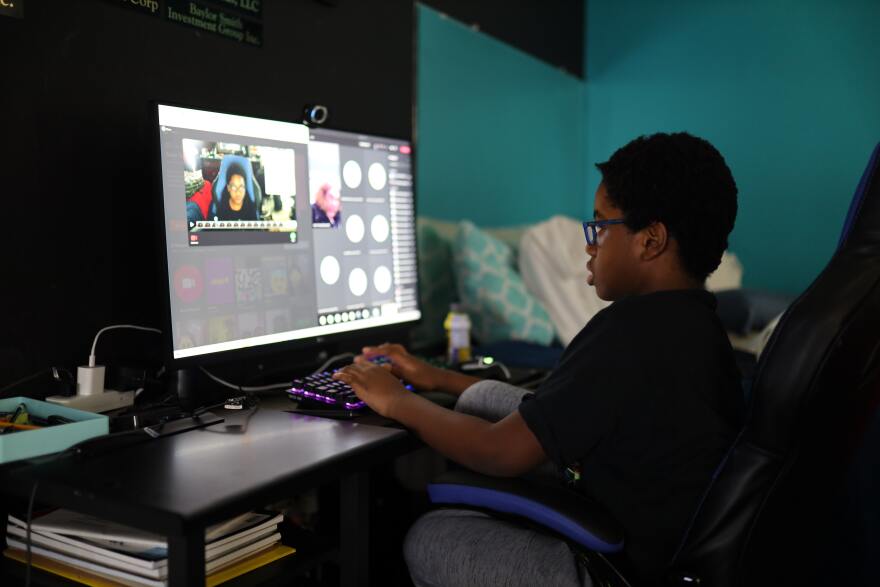There’s the achievement gap. And now we may be seeing the rise of the “in-person learning” gap, too.
As of this month, 83% of Michigan’s school districts say they’re already offering or planning to offer at least some form of in-person instruction, according to a new statewide survey. That’s a big jump from the 64% who were planning to do so in January, according to a release from Michigan State University.
But while only 15% of districts say they’re still fully remote, researchers say those districts are disproportionately urban, have a high proportion of Black and low income students, and had lower average scores on the most recent Michigan Student Test of Educational Progress, or M-STEP. They also have some of the highest rates of chronic absenteeism and the lowest high school graduation rates, says Katharine Strunk, an MSU professor and director of the Education Policy Innovation Collaborative.
“So we know that the districts that are having to stay remote right now, for whatever reason, are the ones that are working with the kids that have been most traditionally underserved by our system. And that to me is concerning, because... we're creating bigger and bigger achievement gaps as we go.”
There’s no shortage of challenges for districts trying to return to in-person instruction, and those obstacles are even bigger for schools that have fewer financial resources, aging buildings, and are in communities that have been hit hardest by the COVID-19 pandemic.
“Transportation is very difficult to think through: how do you do transportation safely, in a crowded school bus, in winter in Michigan, if you don't want kids to be closer together?” Strunk says.
“So suddenly, how do you get your kids to school? Another question, I think, is the building. Do you have proper ventilation? Do you have big enough classrooms? Do you have classrooms that have heating, in the middle of a pandemic, in the middle of the winter when you want to open windows for air? So there's all these challenges, how you possibly can open for in-person learning that are not the fault of the teachers, or the schools or the districts who want to be able to serve their kids.”
That makes it all the more urgent to make sure all teachers who want vaccinations have them, Strunk says, and get federal emergency relief aid to districts.
Majority of schools now say they’ll offer at least some in-person learning
Since the start of the 2020-2021 academic year, EPIC researchers have been asking Michigan's more than 800 school districts which types of instruction they planned to offer each month: 1) Fully remote, with no other options. 2) Remote, but as one of several options. 3) A hybrid between remote and in-person. 4) Fully in person, as one of several options. 5) Fully in person, with no other options available.
And February appears to have been a sea change, marking the biggest monthly increase so far this school year in those saying they plan to, or are already, offering at least some in-person instruction. That could be for several reasons, Strunk says, including the steady drop in COVID-19 case counts, teachers becoming eligible for vaccinations, and Governor Gretchen Whitmer urging all schools to least offer an in-person option by March 1.
“I think we're starting to see districts respond to that pressure and that encouragement, by trying to bring kids back in person,” Strunk says.
But most of those districts are still giving families choices, including at least some form of remote learning. Strunk and her team estimate anywhere from 19 to 30% of all Michigan students are using a hybrid model right now, which is an all-time high.
“There are a lot of families that, even if their district is offering the option to be back in person, they don't feel comfortable sending their kid to go back to school in person. And that may be because they have been immunocompromised in the house; they have an older relative who they see a lot, whatever,” she says.
“So most districts are leaving the door open for kids with families who want them to learn remotely to do so, until it's 100% safe, whenever that may be right. And actually, we're hearing a lot from districts saying, they're not sure when they will ever go back to not offering a remote option. This may be a sea change in how we see schools.”







